

Christopher Altman is an American physicist, quantum technologist, international diplomat and NASA-trained commercial astronaut who began his scientific career with a Guinness world record-holding artificial intelligence project and a NASA/USAF-supported time travel division at multidisciplinary, “Deep Future” research institute Starlab.
His pioneering next-generation science and technology initiatives include research at world-leading institutes including NASA Ames Research Center, Kavli Institute of Nanoscience, as senior scientist at an astronaut training base on a volcano in Hawai‘i, as Chairman for the UNISCA First Committee on Disarmament and International Security—selected as annual recipient of the RSA Award for Outstanding Achievement in Government Policy—and as part of the US Government’s fast-track QuIST program in the global race for quantum supremacy.
As Director of the Board and Chief Science Officer for the world’s first commercial astronaut corps and Director with the successor to the NASA Breakthrough Propulsion Physics Program, Altman’s research spans quantum technology and next-generation spaceflight. His inaugural keynote address as a candidate with the commercial astronaut corps was broadcast live to 108 sister cities around the world. NASA allocated funding to the corps for its first manned spaceflights the following spring.
Available For: Advising, Authoring, Consulting, Influencing, Speaking
Travels From: Tokyo, Japan
Speaking Topics: spaceflight, technology, future
| Christopher Altman | Points |
|---|---|
| Academic | 20 |
| Author | 6 |
| Influencer | 0 |
| Speaker | 37 |
| Entrepreneur | 20 |
| Total | 83 |
Points based upon Thinkers360 patent-pending algorithm.
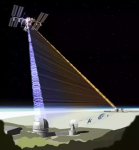 Astronaut Development and Deployment of a Secure Quantum Space Communications Network
Astronaut Development and Deployment of a Secure Quantum Space Communications Network
Tags: Quantum Computing
 Overview Institute
Overview Institute
Tags: Climate Change, Emerging Technology, Leadership
 Accelerated training convergence in superposed quantum networks
Accelerated training convergence in superposed quantum networks
Tags: AI, Quantum Computing
 Backpropagation Training in Adaptive Quantum Networks
Backpropagation Training in Adaptive Quantum Networks
Tags: AI, Quantum Computing
 Superpositional Quantum Network Topologies
Superpositional Quantum Network Topologies
Tags: AI, Quantum Computing
 Space Forces and the Future of Space Exploration
Space Forces and the Future of Space Exploration
Tags: Digital Transformation, Emerging Technology, Leadership
 Space Forces
Space Forces
Tags: Digital Transformation, Emerging Technology, Leadership
 The Future of Space Exploration
The Future of Space Exploration
Tags: Emerging Technology, Future of Work, Leadership
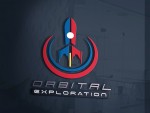 To The Stars and Beyond: Investing in Space & Deep Tech
To The Stars and Beyond: Investing in Space & Deep Tech
Tags: AI, Emerging Technology, Quantum Computing
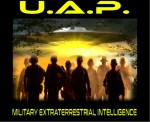 Space Forces
Space Forces
Tags: Digital Transformation, Emerging Technology, Leadership
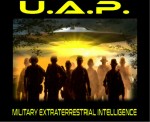 MILITARY EXTRATERRESTRIAL INTELLIGENCE INTERVIEW WITH CHRISTOPHER ALTMAN
MILITARY EXTRATERRESTRIAL INTELLIGENCE INTERVIEW WITH CHRISTOPHER ALTMAN
Tags: Digital Transformation, Emerging Technology, Leadership
 Converging Technologies: The Future of the Global Information Society
Converging Technologies: The Future of the Global Information Society
Tags: AI, Cybersecurity, Emerging Technology
 Converging Technologies: The Future of the Global Information Society
Converging Technologies: The Future of the Global Information Society
Tags: AI, Cybersecurity, Emerging Technology
 Space Mastery
Space Mastery
Location: Portugal Date : September 13, 2020 - September 15, 2020 Organizer: Nuno Martins
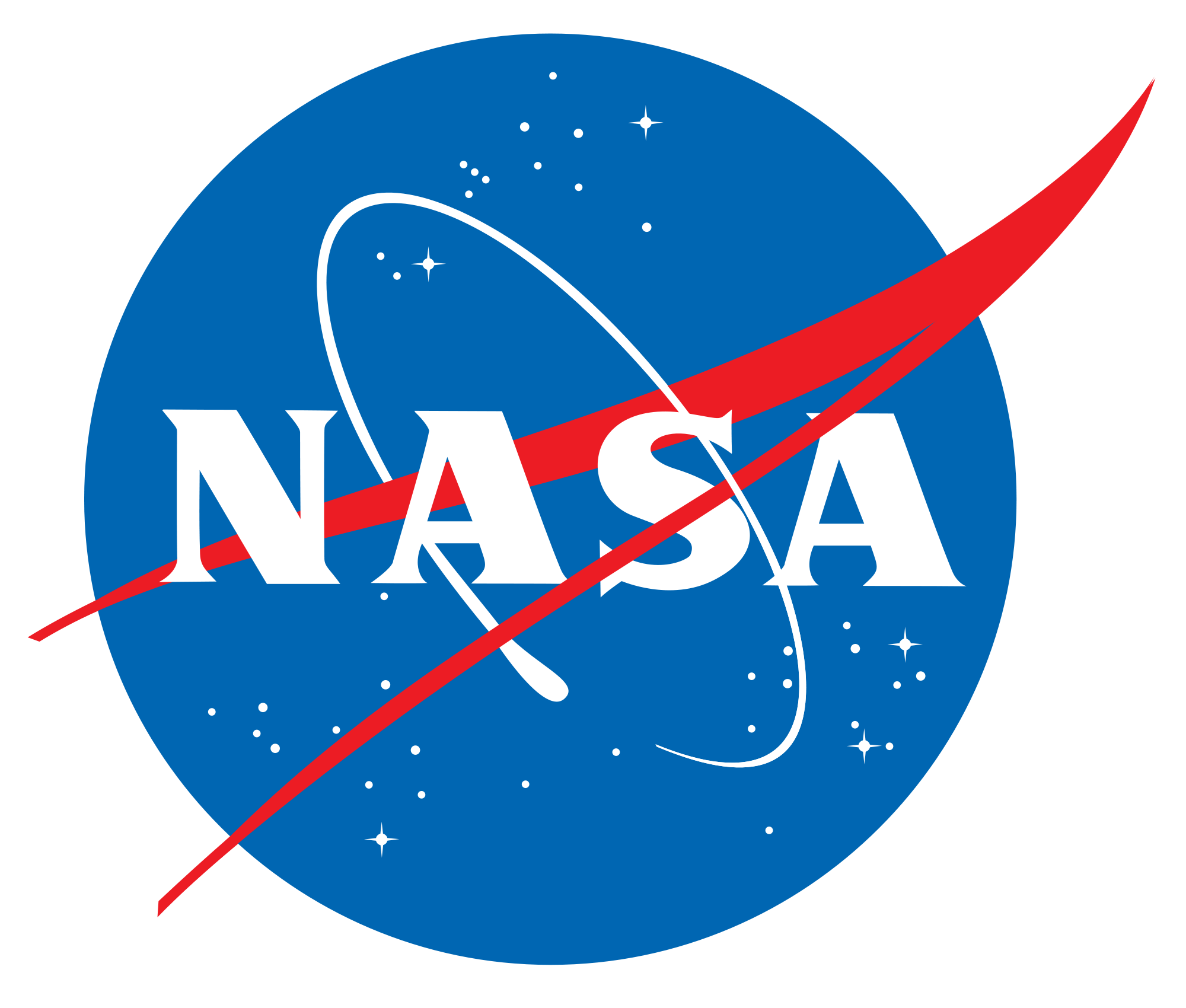 NASA International Space Apps Challenge
NASA International Space Apps Challenge
Location: Virtual Date : October 02, 2020 - October 04, 2020 Organizer: NASA